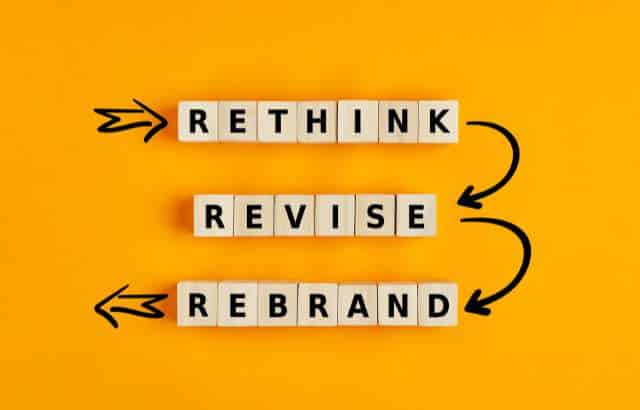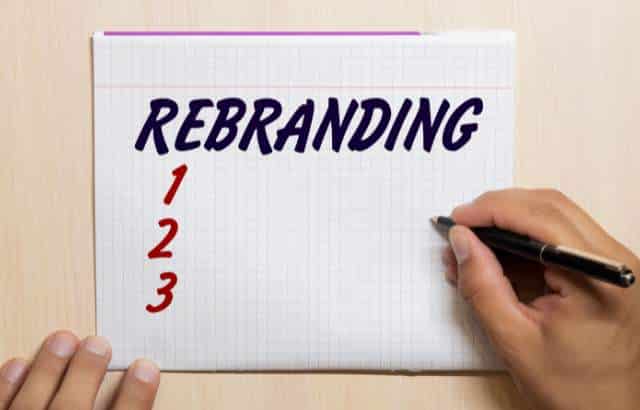Rebranding is a powerful tool that can transform a company’s image, boost its market presence, and breathe new life into a brand. When executed correctly, it can indeed work wonders for a business. However, rebranding can also be a double-edged sword, and sometimes it goes terribly wrong. In this blog, we will explore the potential benefits of rebranding and examine a few notable failed rebranding examples to understand the importance of getting it right.
Table of Contents
The Power of Rebranding
Rebranding, when done right, can deliver several advantages to a company:
- Refreshing Your Image: Over time, a brand may become stale or outdated. Rebranding allows you to refresh your image, making it more appealing to both existing and potential customers.
- Adapting to Market Changes: Markets evolve, and consumer preferences shift. A well-planned rebranding strategy can help a company adapt to these changes and stay relevant.
- Differentiation: Rebranding can help you stand out in a crowded marketplace. It allows you to communicate what sets you apart from competitors.
- Increased Trust: A successful rebrand can enhance trust and credibility. It signals that the company is proactive and committed to growth.
Failed Rebranding Examples
While rebranding can indeed work wonders, several high-profile cases serve as cautionary tales about what happens when it goes wrong:
- Gap’s Logo Redesign (2010): In an attempt to modernize its image, Gap unveiled a new logo that was met with a public backlash. Customers were attached to the old logo, and the new design was widely criticized. Gap quickly reverted to its original logo.
- New Coke (1985): Coca-Cola’s attempt to change its iconic formula resulted in one of the most famous product failures in history. Consumers’ strong emotional attachment to the original taste led to protests, and “New Coke” was eventually pulled from the market.
- Tropicana Packaging Redesign (2009): Tropicana’s radical packaging redesign led to a 20% drop in sales in just two months. The new design confused customers, and they struggled to find their favorite products on store shelves. Tropicana swiftly reverted to the old packaging.
- PepsiCo’s Tropicana Acquisition (1998): While not a traditional rebranding, PepsiCo’s acquisition of Tropicana was a colossal failure. The company’s focus on efficiency and cost-cutting resulted in a decline in product quality and customer loyalty.
Lessons to Learn
These failed rebranding examples teach us several valuable lessons:
- Know Your Audience: Understanding your customers and their emotional attachment to your brand is crucial. Ignoring this can lead to disastrous outcomes.
- Gradual Change is Safer: Radical changes can be risky. It’s often better to evolve your brand gradually rather than making abrupt, shocking alterations.
- Listen to Feedback: When customers express their opinions, it’s essential to listen. The sooner you address their concerns, the better.
- Stay True to Your Brand: Rebranding should enhance, not erode, your core brand identity. Don’t lose sight of what makes your brand unique.
Conclusion
Rebranding, when executed effectively, can indeed work wonders for a company. However, it’s a strategy that should be approached with caution, as misguided attempts can have significant negative consequences. The lessons from the failed rebranding examples remind us that rebranding is a delicate balancing act between evolution and preservation. When in doubt, it’s better to tread carefully and ensure that your brand’s essence remains intact while adapting to changing times.


























